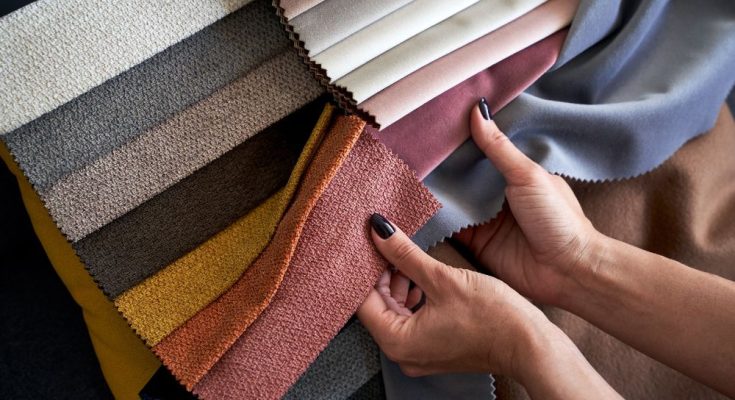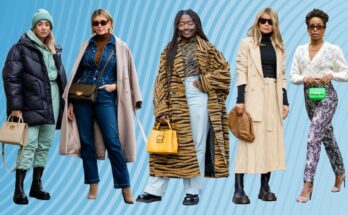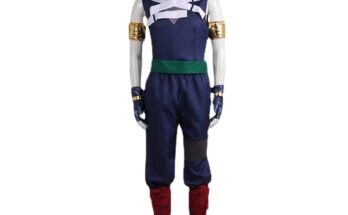The right fabric is essential to the success of any DIY project. The “Viscose fabric by the Yard” fabric is popular amongst sewists and crafters. Its soft texture, drapey quality and affordable price make it a favorite. How can you be sure that you are buying the right viscose fabric for your project? This guide will cover everything from viscose’s properties to how to source and work with viscose fabric by the yard.
Introduction to Viscose fabric
Viscose, a semi-synthetic fibre made of cellulose and derived from wood pulp is commonly used. In the United States it is often referred to by the name rayon, but technically, “rayon” refers to a broader family of fibers based on cellulose, of which viscose, the most common, is a part. Viscose fabric is known for its soft feel, subtle sheen and high breathability.
The versatility of viscose is a favorite among crafters and DIYers. It is lightweight, flows beautifully and comes in an array of colors and patterns. Viscose can be used to make a summer dress that is breezy, a stylish scarf or curtains for your living room. With so many choices, it is important to select the type of viscose and quality that’s right for your project.
Understanding Viscose Fabric
It’s important to know what makes viscose fabric different from other fabrics before you purchase it by the yard.
Key Properties of Viscose
- Drape: Viscose has a beautiful, fluid drape. It drapes gently against the body and is perfect for garments with a bit of movement.
- Texture: The texture is silky smooth. Viscose is softer than some synthetics.
- Breathability: The fabric is very breathable. This fabric is perfect for summer clothes and lightweight bedding.
Viscose, Cotton, Silk and Polyester
- Cotton: The cotton absorbs moisture and is durable. Viscose has a subtle sheen, is softer and drapes better than cotton.
- Silk: silk is expensive and delicate. Viscose has a similar smoothness and sheen at a fraction the price.
- Polyester: Polyester has a high strength and is resistant to wrinkles, but it’s less breathable. Viscose is cooler and more comfortable to wear.
Viscose Types
- Standard Rayon: The standard, most affordable, with good drape and colour retention.
- Modal: Features additional softness and durability. After repeated washing, the fabric remains smooth.
- Tencel (often marketed as Lyocell): Produced more environmentally, lyocell is a fabric that holds dyes well, resists wrinkles and feels smooth.
Each type offers unique benefits. The standard viscose works for many projects. Modal is good for garments that are likely to be washed or worn a lot. And lyocell suits those who want to make sustainable products.
What to consider when choosing Viscose Fabric By the Yard
Fabric selection can make the difference between a successful project and a frustrating one.
Project Type
What do you want to create:
- Clothing: Choose lightweight viscose for dresses, blouses and scarves.
- Home decor: Heavier fabrics, such as viscose, are better for drapes or pillows.
- Accessories: Use a viscose blend or one with more structure for bags and linings.
Weight and Thickness
- Viscose lightweight is ideal for dresses, skirts and tops that require a lot of movement.
- The heavier viscose works better for outerwear or structured garments.
Check the GSM (grams/square meter) of your fabric. Lower numbers indicate lighter fabrics.
Color and Pattern
The fabric is available in virtually every color and pattern. If your project will be washed regularly, choose stable and colorfast fabrics. Small prints are better at hiding stains, while bright colors and patterns stand out.
The width of fabric
The standard width of viscose fabric is between 44 and 60 inches. The wider fabric allows you to cut larger pieces, and reduces seam lines. Calculate your yardage by measuring your pattern and calculating your layout.
Where can I buy Viscose Fabric By the Yard?
It used to be that you had to visit your local fabric shop to find quality viscose fabric by the yard. Your options are more varied than ever.
Local Fabric Stores
Pros
- Before you buy, feel and inspect the fabric.
- New sewists can get immediate assistance from the staff.
Cons
- Limited Stock and Variety
- Some specialty fabrics are priced higher.
Online Retailers
Online stores such as Fabriclore, Etsy, Alibaba often have a larger selection of products, including eco-friendly brands and rare prints.
Benefits
- Easier price comparison.
- Seasonal sales and bulk discounts
- Reviews from customers can help identify quality problems.
Tips to make safe purchases
- Always check return policies.
- When ordering swatches, order them as soon as possible.
- Buy fabric from reliable sources that provide clear descriptions.
Sustainable Options
Some brands offer viscose that is made with pulp sourced responsibly and produced using cleaner techniques. In product descriptions, look for information about certifications and sourcing. Viscose is available in a variety of sustainable materials, including modal and lyocell.
Viscose Fabric: Tips and Tricks
It’s a fabric that rewards patience, but it can be a bit frustrating. How to get the most out of viscose fabric by the yard.
Pre-Washing
Use cold or lukewarm water and lay flat to dry. Lay flat and use lukewarm or cold water.
Cutting
The edges of viscose are prone to fraying and can be slippery. Cut on a solid surface with sharp scissors or a rotary cutler with a brand new blade. Avoid distorting fabric by using pattern weights rather than pins.
Sewing
- Needles: Select a fine and sharp needle (sizes 70/10 or 80/12).
- Thread: Polyester of high quality is a good choice, as it can withstand repeated washing and wear.
- Stitching: Use short-length straight stitches. French seams are neater than backstitching along the edges where fraying could occur.
Ironing
Iron on the reverse of the fabric using a medium or low heat setting. Avoid steaming and use a pressing towel to avoid shiny marks.
Projects Using Viscose by the Yard
Are you unsure where to begin? You can start with these tried and tested DIY projects using viscose fabric by the yard.
Clothing
- Dresses (wrap dresses, maxis, sundresses)
- Skirts Flowy Midis or Boho Minis
- Blouses
- Scarves Lightweight printed scarves for all seasons
Home Decor
- Curtains Sheer or pleated curtains for living rooms and bedrooms
- Throw Pillows Add a splash of color to your couch with these throw pillows.
- Lightweight throws for a decorative, soft layer
Accessories
- Bag Linings: Smooth, easy to clean interior.
- Tote Bags: for groceries or weekend trips
- Elements Decorative
Care for Viscose Fabric
Viscose fabric can be maintained in its original color and shape by caring for it.
How to wash your clothes
- Hand wash: Many suggest hand washing viscose with mild detergent in cool water.
- Machine wash: Use a delicate cycle with cold water and place your fabric in a mesh bag.
- Avoid wringing: Do not wring out viscose, since it can become weaker and distort when wet.
Drying Tips
- Air dry: Lay flat items on a towel, or hang them to dry. Avoid tumble dryers as they can cause the fabric to shrink or become distorted.
- Avoid direct sunlight: To maintain color, avoid drying in direct sunlight.
Storage Recommendations
Store viscose clothing and yardage in a cool dry place, loosely folded. Avoid packing them too tightly as this will cause wrinkles and damages over time. For ready-made clothing, use padded hangers.
Start your DIY journey with Confidence
The right viscose fabric by the yard will help you turn your ideas into reality. Consider the color, width and fabric type when choosing your fabric. Also, be careful during cutting and stitching. Follow the care instructions, pre-wash and handle your viscose with gentleness.
Do not be afraid to try out different colors and patterns. Always consider sustainability when shopping for fabric, both online and in local stores.
Discover our extensive collection of custom-printed, ready mill-dyed, and yarn-dyed fabrics designed to perfectly complement your upcoming collection. For tailored support or any questions, contact us at hello@fabriclore.com. Experience effortless, genuine, and cost-effective fabric sourcing with Fabriclore.




